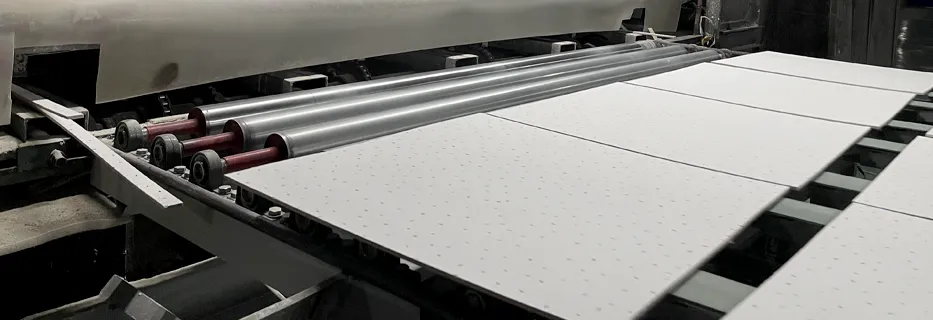Nov . 19, 2024 01:54 Back to list
Cost Analysis of Suspended Drywall Ceiling Grid Installation and Materials
Understanding the Costs of Suspended Drywall Ceiling Grid Systems
Suspended drywall ceiling grids, often referred to as drop ceilings or suspended ceilings, are a popular choice in commercial and residential construction. These systems allow for easy access to plumbing, electrical wiring, and HVAC components while providing a clean, finished look. If you’re considering this type of ceiling installation, understanding the costs involved is essential.
Components of Suspended Ceiling Costs
The total cost of a suspended drywall ceiling grid can vary widely based on several factors, including materials, labor, and the complexity of the installation.
1. Materials The primary components of a suspended ceiling include the grid system (which consists of main tees, cross tees, and wall angles) and the drywall panels that are suspended from the grid. On average, you can expect to pay between $1 to $3 per square foot for the grid materials, depending on the brand and quality. The drywall panels themselves typically range from $10 to $15 per sheet, which covers approximately 32 square feet. Other materials, such as ceiling tiles or insulation, will also influence the overall cost.
2. Labor Labor costs can represent a substantial portion of the total expense. Installation of a suspended ceiling is best performed by professionals who can ensure proper alignment and durability. Labor costs may range from $2 to $5 per square foot, depending on the complexity of the installation and your geographical location. Costs can increase if the space has irregular dimensions or requires special considerations, such as soundproofing or additional lighting installations.
3. Design and Complexity The design of the ceiling can significantly affect the cost. Simple, flat installations will be less expensive than ceilings with intricate designs, multiple levels, or integrated lighting systems. For example, if you choose to integrate can lighting or acoustic tiles, expect additional charges for both materials and labor.
suspended drywall ceiling grid cost

4. Size of the Project Smaller projects tend to have higher per-square-foot costs due to fixed charges for materials and labor. Conversely, larger installations may benefit from economies of scale, reducing the per-square-foot expense. Therefore, it's essential to consider the overall size and scope of your project when budgeting.
5. Location Where you live can impact material and labor costs. Urban areas may have higher costs due to increased demand for construction services, while rural areas may see more competitive pricing.
Additional Considerations
When budgeting for a suspended drywall ceiling grid, consider additional costs such as permits or inspections, which may be required by local building codes. It’s also wise to allocate funds for any unexpected expenses that may arise during installation.
Conclusion
In summary, the costs associated with installing a suspended drywall ceiling grid can vary based on materials, labor, and project complexity. Homeowners and contractors should perform thorough research and obtain multiple quotes to find the best pricing for their specific needs. While the upfront investment can be significant, the aesthetic and functional benefits of a suspended ceiling make it a worthwhile consideration for numerous applications.
-
Quality Ceiling Trap Doors & Access Panels | Easy & Secure AccessNewsAug.30,2025
-
Durable Ceiling T Grid Systems | Easy InstallationNewsAug.29,2025
-
PVC Gypsum Ceiling: Durable, Laminated Tiles for Modern SpacesNewsAug.28,2025
-
Pvc Gypsum Ceiling Is DurableNewsAug.21,2025
-
Mineral Fiber Board Is DurableNewsAug.21,2025
-
Ceiling Tile Clip Reusable DesignNewsAug.21,2025







